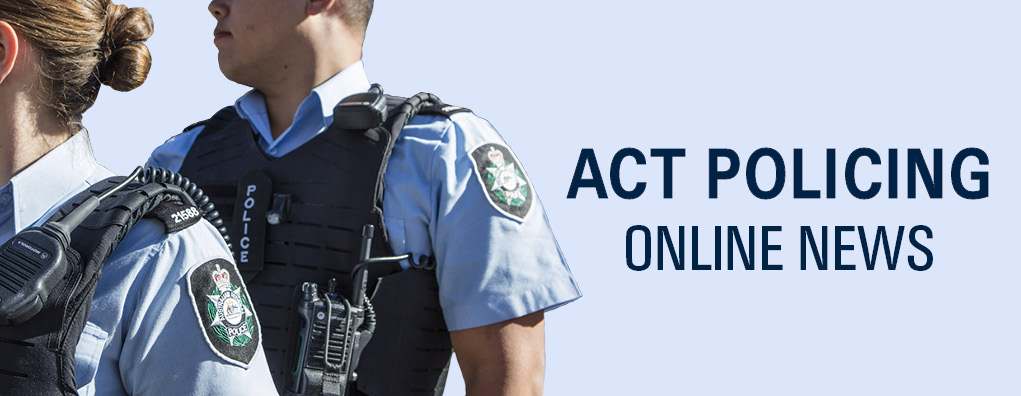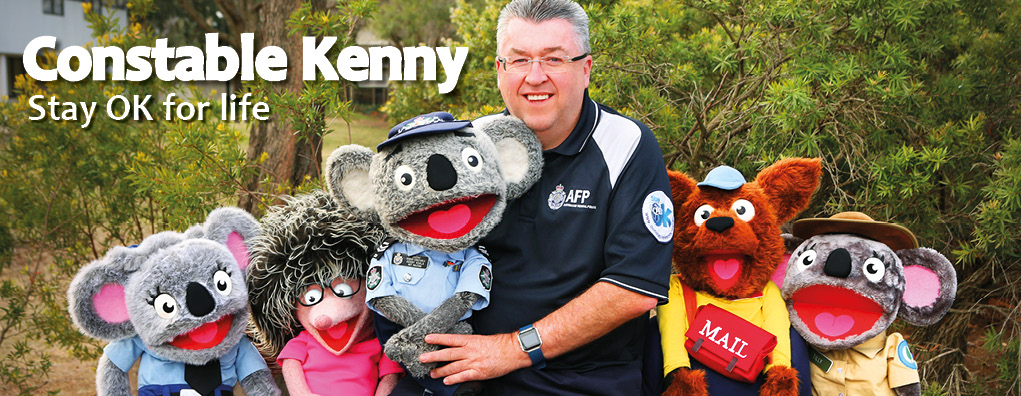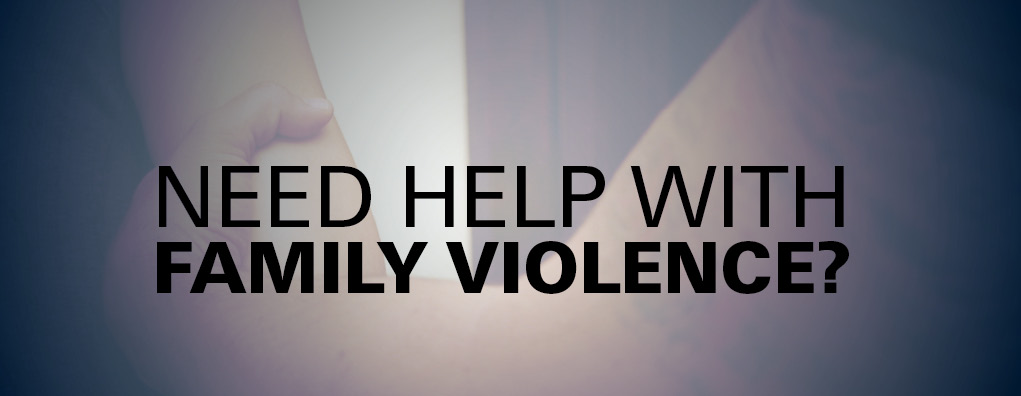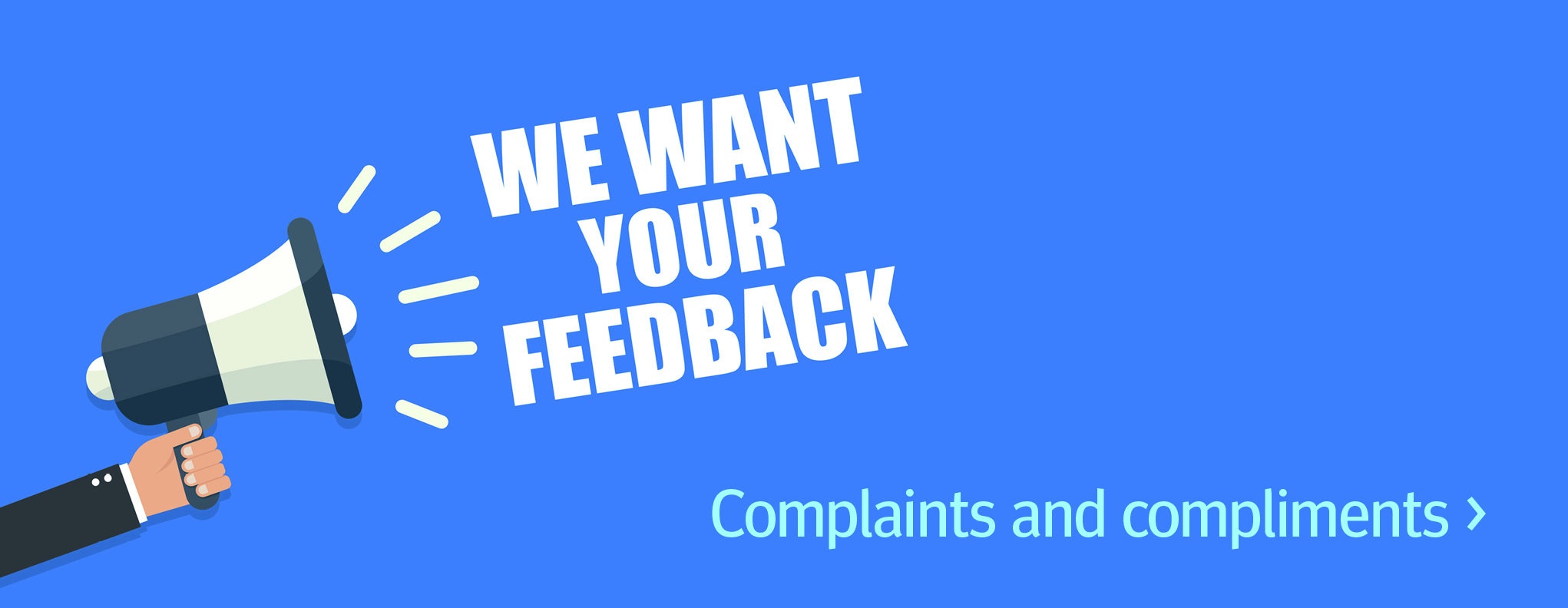Illicit drugs
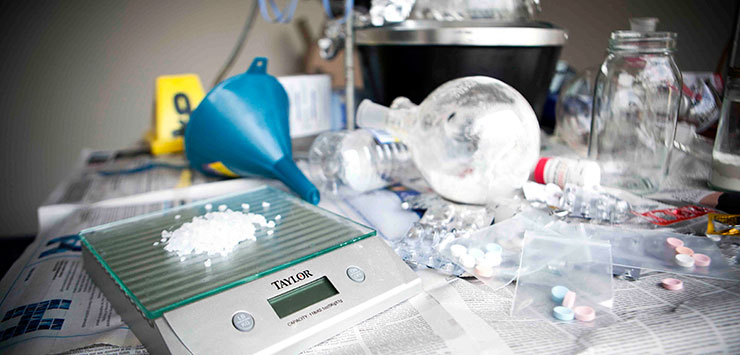
On this page:
ACT Policing places the safety and wellbeing of the community first and foremost, and supports a whole-of-government response to reduce the social harm caused by drugs. Our primary focus is on the detection, disruption and prosecution of those involved in the sale and supply of controlled drugs.
Although ACT Policing’s key focus is on targeting the sale and supply of illicit drugs, we are committed to initiatives that improve community safety and support the ACT Government’s commitment to the principles of harm minimisation.
CanTEST Health and Drug Testing Service
The ACT Government has launched Australia’s first fixed-site health and drug checking service as a six-month pilot. The CanTEST Health and Drug Checking Service is operated by Directions Health Services with technical assistance from Pill Testing Australia.
Drug checking is a harm reduction service (also known as pill testing) that analyses the contents of drugs to help service users better understand the unknown and potentially dangerous substances in illicit drugs.
ACT Policing supports harm minimisation and health protection initiatives. When considering illicit and illegal drugs – ACT Policing’s focus remains on those who sell and profit from these dangerous substances and we will relentlessly target those who participate in this trade.
It remains a crime to sell or possess illicit drugs, however police can apply discretion and will consider discretion when a drug checking facility is operational.
If anyone is suspected of selling and profiting from illegal drugs, ACT Policing will continue target them wherever they may be in the Territory.
Location
CanTEST Health and Drug Checking Service
Ground floor, City Community Health Centre
1 Moore Street, Canberra City, ACT
This is a free service.
More information
For information on opening times, services provided and frequently asked questions visit the CanTEST Health and Drug Checking Service webpage.
If you know something, say something.
Drugs in the community are a problem which requires a whole-of-community response. Police rely heavily upon the information from community members so that police resources can be appropriately deployed to target developing or ongoing issues.
If you have seen or know about the cultivation, manufacture or supply of illicit drugs in the ACT, contact Crime Stoppers on 1800 333 000 or via the online reporting form. If you see a crime occurring call police immediately on 131 444.
Crime Stoppers allows members of the community to provide anonymous information to police about criminal and suspicious activity. Crime Stoppers provides rewards of up to $1000 for information that leads to an arrest.
Types of illicit drugs
Illicit drugs include but are not limited to:
| What does it look like? | Powder, tablets, crystals and capsules or be placed in aluminium foil, plastic bags or small balloons |
|---|---|
| How is it taken? | Swallowed, injected or smoked. They can also be snorted. |
| Possible effects |
|
| What does it look like? |
It has three different forms: Cocaine hydrochloride: a white, crystalline often mixed, or ‘cut’, with other substances such as lactose and glucose, to dilute it before being sold. Freebase: a white powder. Crack: crystals ranging in colour from white or cream to transparent with a pink or yellow hue |
|---|---|
| How is it taken? | Cocaine hydrochloride is most commonly snorted. It can also be injected, rubbed into the gums, added to drinks or food |
| Possible effects |
|
| What does it look like? | A fine white powder, coarse off-white granules or tiny pieces of light brown ‘rock’ |
|---|---|
| How is it taken? | Injected into a vein, smoked and added to cigarettes and cannabis |
| Possible effects |
|
| What does it look like? | Small chunky clear crystals that look like ice or white or brownish crystal-like powder |
|---|---|
| How is it taken? | Smoked, injected or sometimes swallowed or snorted |
| Possible effects |
|
| What does it look like? | White odourless crystalline substance. It is usually diluted with other materials. The most common form of LSD, is drops of LSD solution dried onto gelatine sheets, pieces of blotting paper or sugar cubes, which release the drug when they are swallowed. Can also be a liquid, tablet or capsule |
|---|---|
| How is it taken? | Usually swallowed, or dissolved under the tongue, but it can also be sniffed, injected or smoked |
| Possible effects |
|
| What does it look like? | Usually pills |
|---|---|
| How is it taken? | swallowed in its tablet or capsule form, but can also come as a powder or crystal |
| Possible effects |
|
| What does it look like? | Colourless, odourless liquid. It can also come as a bright blue liquid and less commonly as a crystal powder |
|---|---|
| How is it taken? | Swallowed |
| Possible effects |
|
*sourced from the Alcohol and Drug Foundation website
For information on the health effects of a range of illicit drugs visit the Alcohol and Drug Foundation website.
Dealing illicit drugs
ACT Policing actively targets people who are supplying and selling drugs in the ACT. Significant penalties apply in relation to possessing and distributing illicit drugs; make sure you know the law.
Look out for signs that drug dealing may be occurring in your area including people:
- having suspicious meetings at locations without a real reason for being there
- exchanging cash and/or packages in a secretive nature
- having unexplained wealth or expensive items such as cars, electronic goods or clothes
- always using cash to pay for items or carrying large sums of cash
- making secretive phone calls or owning multiple phones
- always having visitors who appear to be random or out of place.
Manufacturing illicit drugs
Drug manufacturing poses a significant risk to the community and can occur in a variety of locations including houses, cars, motels and rural properties. The chemicals used in the manufacture of illicit drugs can be extremely volatile and toxic.
Look out for signs which may indicate a home or commercial premises is being used for illicit drug production including:
- blocked out windows
- strange chemical containers laying around
- extensive and excessive security systems
- people coming and going at odd hours of the day and night
- odd pipes or hoses through windows
- strange chemical smells.
Clandestine laboratories are used for the production of illicit drugs such as methylamphetamine, heroin and pseudoephedrine. The types of laboratories can vary, from elaborate setups for large scale production to small laboratories that are often used once then discarded.
There are signs that a clandestine laboratory might be operating in your neighbourhood including:
- persistent chemical smells
- chemical/fertiliser/empty pill/capsule containers in rubbish
- pool-cleaning equipment around a house with no swimming pool
- excessive chemical containers for premises
- suspicious run-off in to drains.
Cannabis cultivation
Growing and cultivating of cannabis often occurs in what is more commonly known as a ‘grow house’. This may include a shed, backyard, house or rural location.
Large scale grow houses are often complex involving large hydroponic setups and equipment. There are tell-tale signs that may alert you to cannabis growing in your neighbourhood including:
- people moving in at odd hours (late at night/very early morning)
- trades people arriving at odd hours and carrying suspicious items such as circuit boards, three phase (large) electrical cables, insulation batts or heavy plastic sheeting
- hardware for growing plants such as electrical transformers, lights and shades, large quantities of plastic pots, large plastic tubs, irrigation piping, large quantities of fertiliser
- lights switching on and off but residence appears vacant
- curious or unusual interior lighting
- fans or water continuously running
- odour of cannabis
- odd habits from residents like not collecting mail or returning home during work hours to collect mail
- unattended gardens and no garbage collection.
Synthetic drugs
Synthetic drugs include:
- Synthetic cannabinoids (with street names like Kronic, Spice, Kaos, Voodoo, Mango)
- Mephedrone (4-MMC) (with brand names like miaow-miaow, bubbles and meph)
The synthetic substances are chemically similar to and/or mimic the effects or are variants of prohibited drugs, including cannabis, ecstasy and cocaine. Synthetic substances can take the form of dried shredded material containing chemical additives, pills, liquid or powder or crystal form. These substances are often labelled ‘not for human consumption’.
For health effects of synthetic cannabinoids visit the Alcohol and Drug Foundation website.
It is illegal to possess and sell synthetic drugs. Make sure you understand the ingredients in the products sold in your store as you could be selling synthetic drugs.
Do you:
- know if ALL of the ingredients are legal?
- Know who made it?
- Know what it will do to people who take it?
- Know the penalty for selling an illegal substance?
- Want to be liable if a person is injured or dies from using a synthetic drug purchased in your store?
If you answered ‘no’ to any of these questions, don’t sell it.
There are penalties including fines of up to $55 000 and/or five years imprisonment for the sale of synthetic drugs.
Fines of up to $22 000 and/or two years imprisonment apply for the possession of synthetic drugs.
ACT Policing actively patrols businesses to identify the sale of illegal synthetic drugs. If you are concerned that products in your store may be illegal, visit the Department of Health website to view the list of drug substances requiring import or export authorisations.
The Therapeutic Goods Administration (TGA) is responsible for regulating therapeutic goods. Any product for which therapeutic claims are made must be listed, registered or included in the Australian Register of Therapeutic Goods (ARTG) before it can be supplied in Australia.
